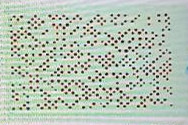The core concept of X-RAY TAG is to label and identify hermetically sealed objects – such as suitcases, parcels, containers or sealed packages – by placing an X-RAY TAG into these objects.
X-RAY TAGs make it possible to identify the objects and, if applicable, their contents, without the need to open the objects or their packaging. So it would no longer necessary to compromise the physical integrity of the packaging or break a seal to verivy the content.
Specific marking of the objects on the outside could not required and the externally displayed information, e.g. address of recipient, can differ from the internal information, e.g. address of owner.
The information on the X-RAY TAGs can consist of alphanumeric characters, graphics, or of machine-readable barcodes, e.g., QR codes or DotCodes.
The main possible applications of X-RAY TAGs are:
- the labeling of baggage, especially airline baggage
- labeling shipments, such as valuable goods or confidential documents
- labeling products such as pharmaceuticals or medical devices, or technical and luxury goods
The labeling of goods could help to improve the traceability and identification of products, e.g. by adding an UDI-DI X-RAY TAG to medical devices.
For all goods, an X-RAY TAG could ensure that the products are goods from the original manufacturer.

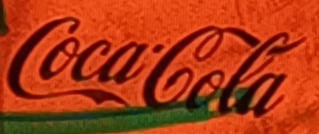
Another option would be to use alpha-numeric or machine-readable X-RAY TAGs in multi-stage transportation processes, for the manual or automated tracking of shipments of packages or pieces of luggage.
X-RAY TAGs could also be used to mark goods and shipments with security features, e.g. with warning signs for “radioactive”, “biohazard”, “explosive”, or similar.
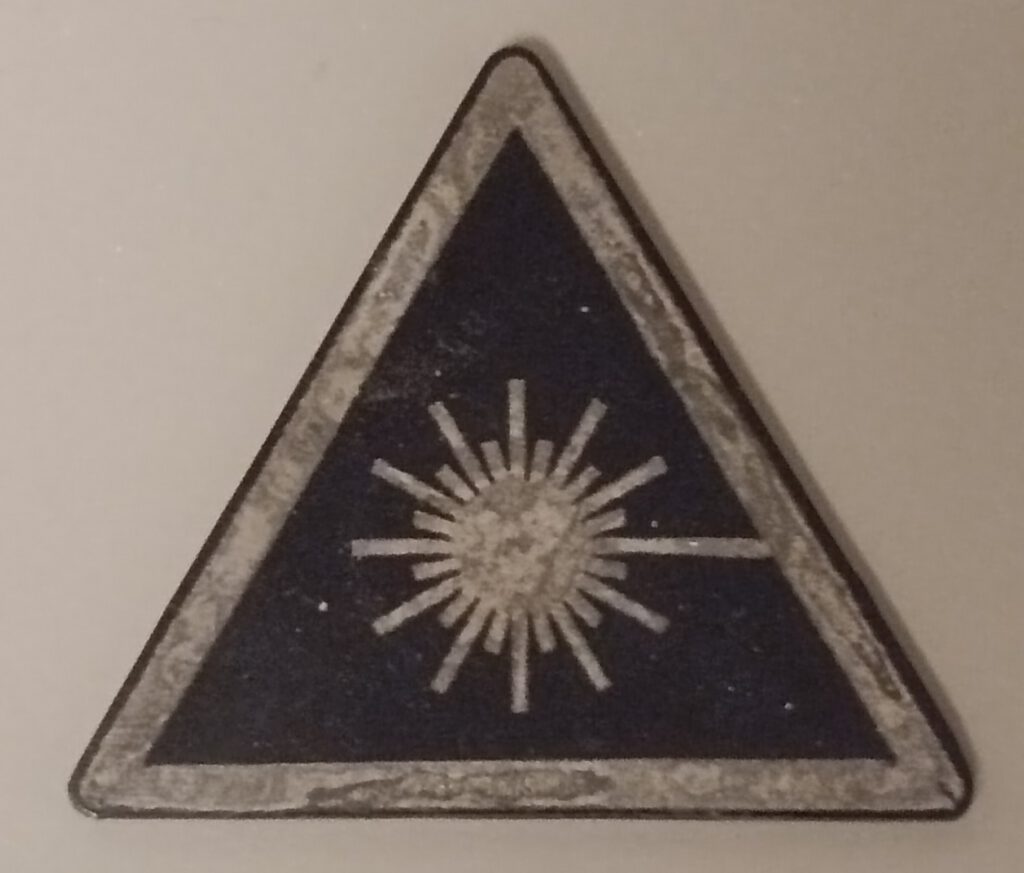
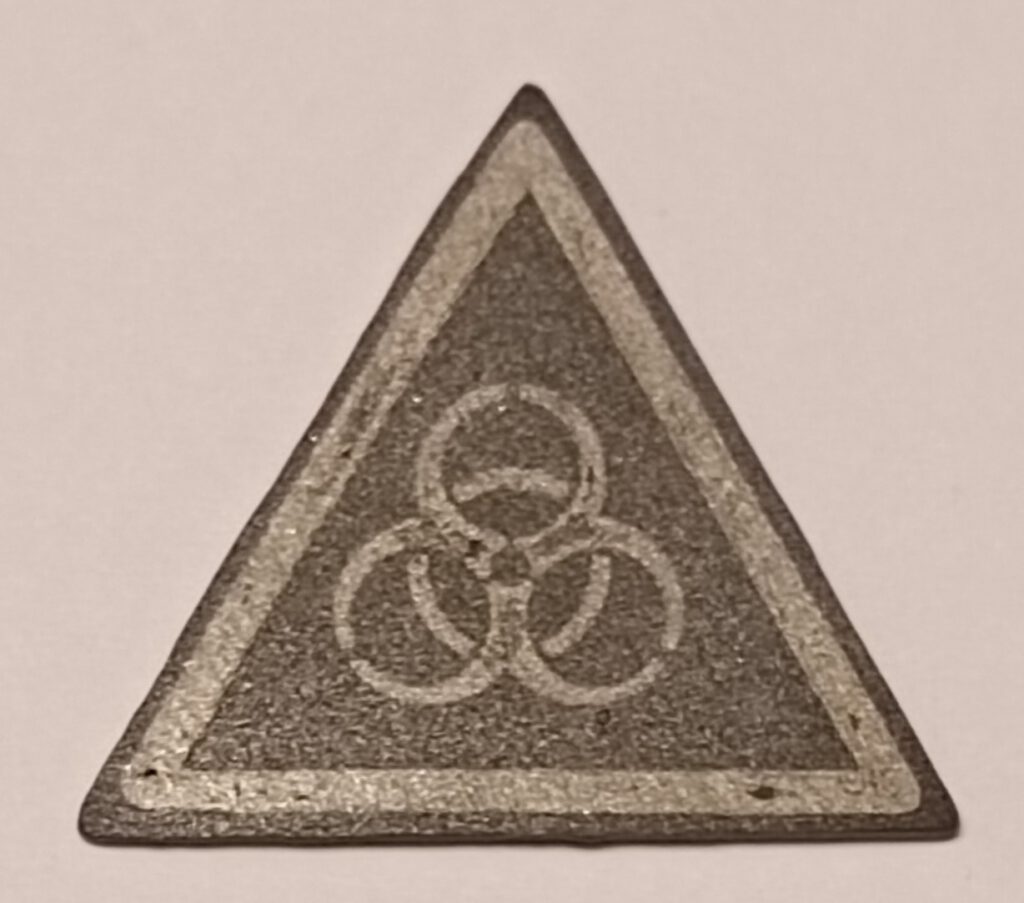
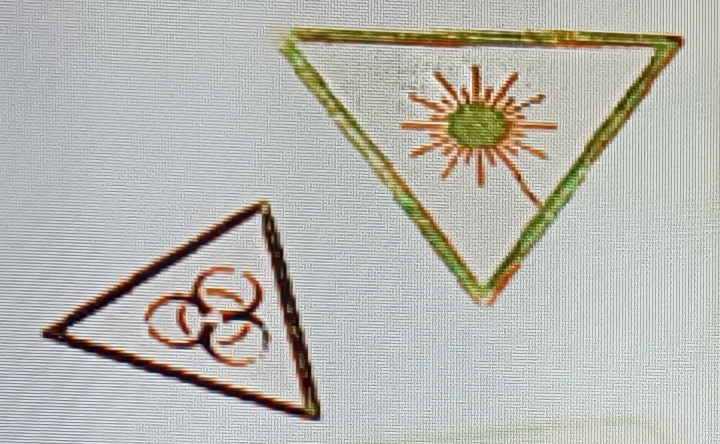
Beyond what is mentioned here, there are a multitude of other possible applications for X-RAY TAGs.
The flexibility of the concept allows the X-RAY TAGs to be adapted to different scenarios, from small dot codes, e.g. for tobacco products, to address tags and further to labeling of shipping containers.

